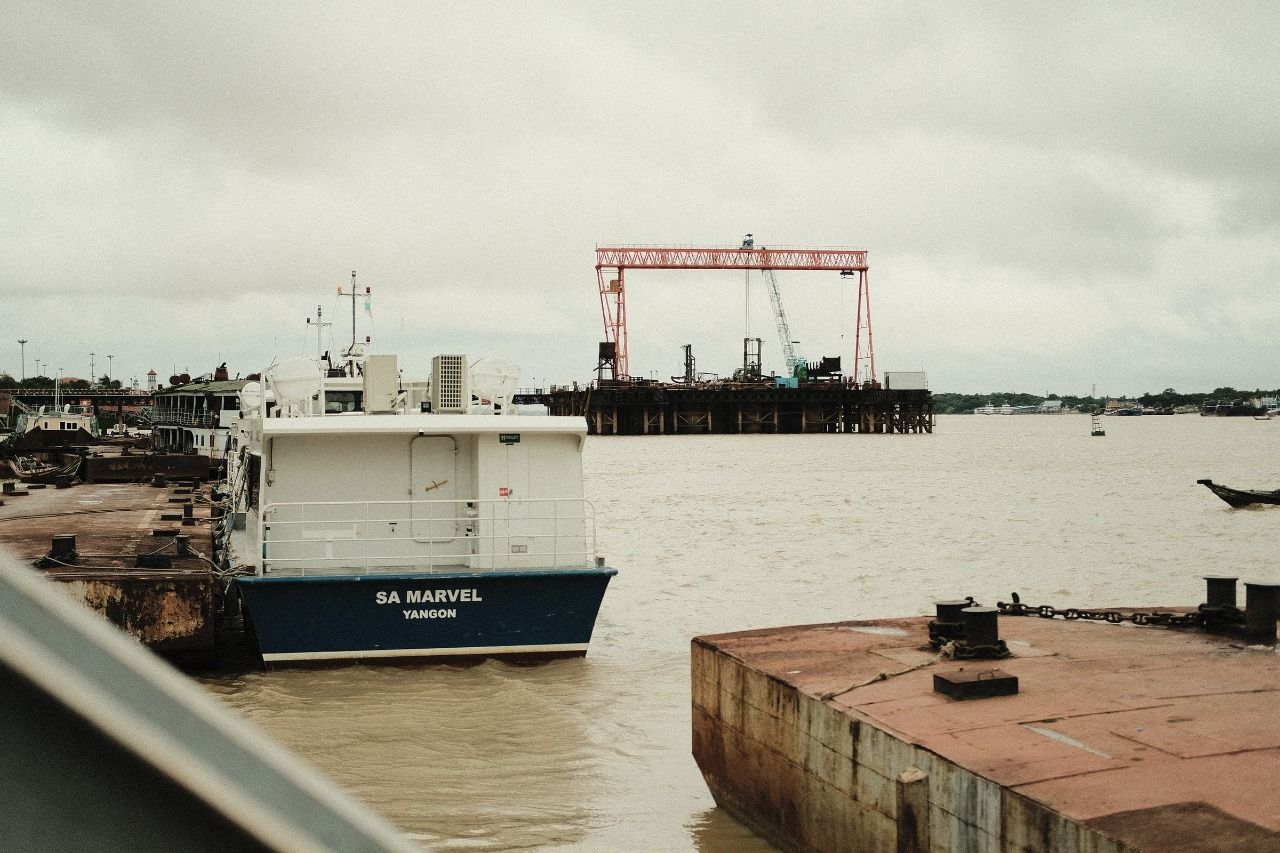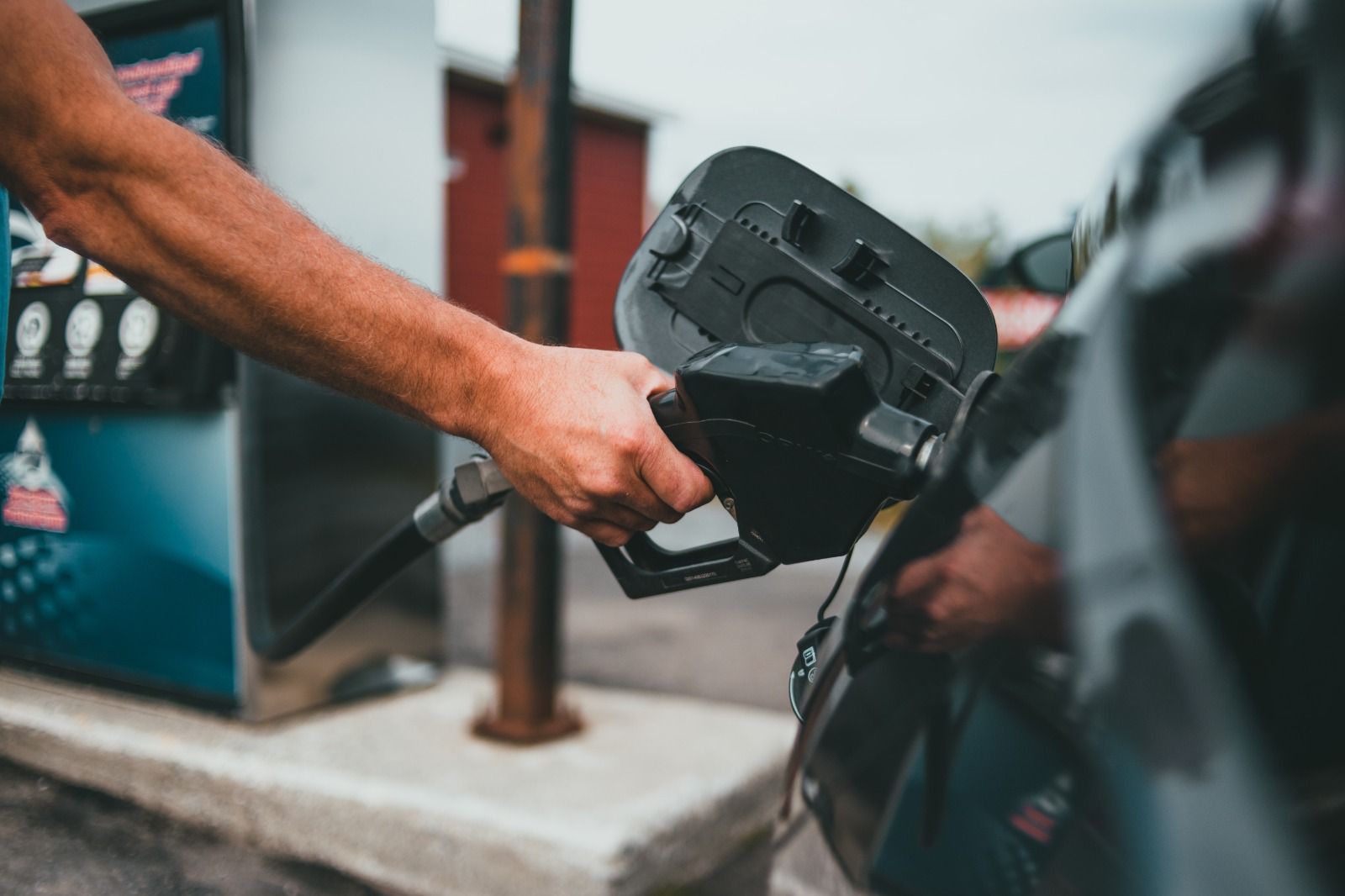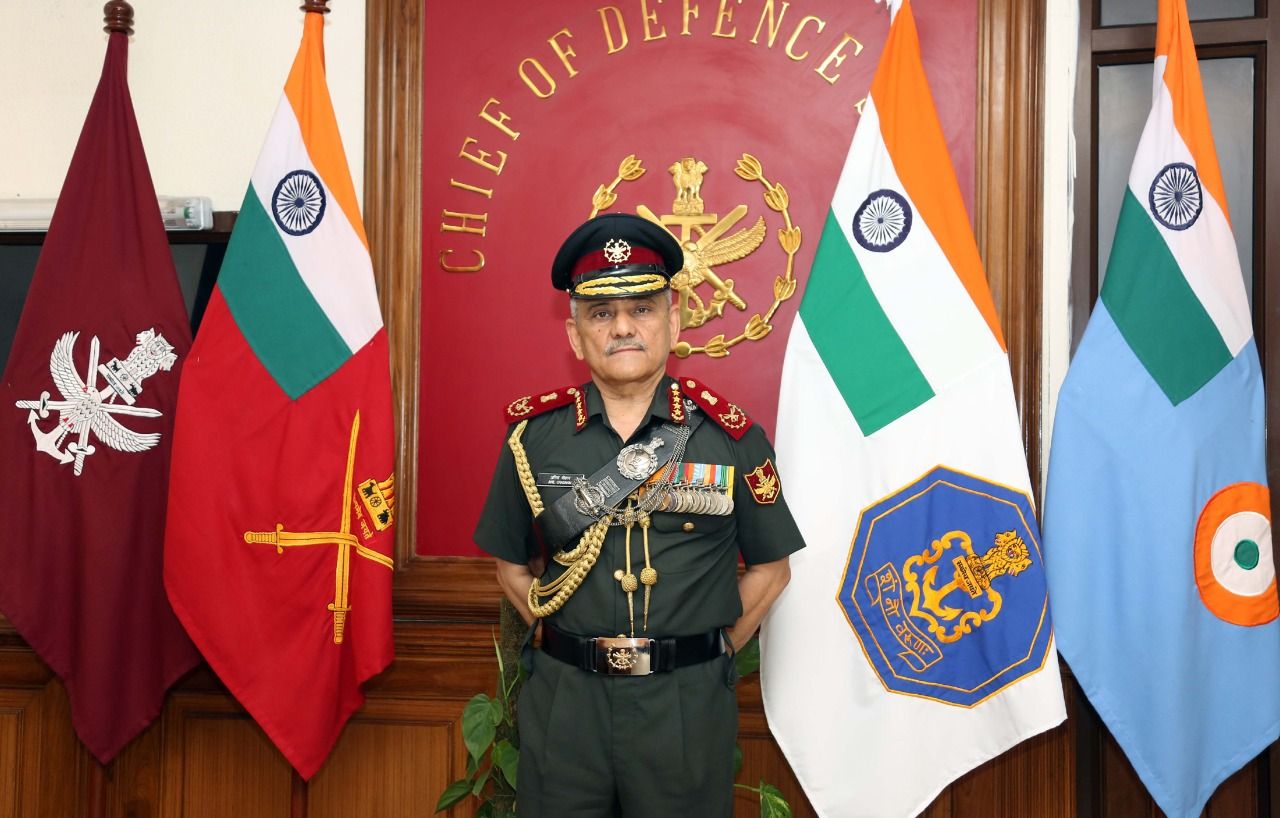Jal Marg will mark the arrival of a new India where mega-projects are delivered on time
Pratim Ranjan Bose
Post On > Oct 6 2021 1599

Delay in implementation of major projects became a norm in India since Independence. Before liberalization, in the heyday of the socialistic economy, many projects were abandoned midway or not implemented to the last detail (like Damodar Valley Corporation). Accountability improved after Liberalisation, but delays were normal.
Apart from huge cost overruns, impacting project viability; the delay had cost India, growth opportunities. Between 1991 and 2009, growth was range-bound (3-8%) with the longest stay at the top reported between 2003 and 2007 (World Bank).
The Narendra Modi government has finally put an end to this paradigm of delayed project implementation. Deadlines have become sacrosanct. Ministers are shown the doors for failing to give results.
The glaring change often misses public scrutiny because most major projects – like highway development, Dedicated Freight Corridor (DFC), rail track electrification or electricity for all – undertaken by the Modi government for competition, were delayed by years when the new government came to power in 2014.
Take case of ‘electricity for all.' It was launched in 2005 to ensure 100% rural electrification in five years. As of April 2015, there were still over 18,000 unelectrified villages. The new government completed the task, a month before the (revised) deadline, in April 2018. Similarly construction of two DFC’s kickstarted in 2014, after 15 years since envisaged.
Jal Marg: A milestone
The shift will be more evident in the days to come as iconic projects launched by the Modi government will reach the completion stage. There are many in the pipeline like Central Vista (2024) in New Delhi, Mumbai-Ahmedabad High-speed rail (2028), three more DFCs etc.
The earliest proof in this direction may be available with the completion of the Kolkata-Varanasi stretch of the Jal Marg Vikas Project (launched in 2016) in March 2023. It will establish round-the-year inland-waterway (IWT) connectivity through Ganga, opening a vista of multimodal transport to the regional trade.
One-and-a-half years ahead of the deadline, issues about navigability in some smaller stretches apart, the project is on schedule. The majority of the on-ground facilities (except a new lock at Farakka barrage) are ready. Of the five terminals; Kolkata, Varanasi (UP) and Patna (Bihar) are operational. Haldia (West Bengal) and Sahibganj (Jharkhand) terminals are receiving final touches. They will be ready before March 2022.
That’s not all. The Inland Waterway Authority of India (IWAI), the executing agency of the project, already brought down the project cost by 30% (Rs 1600 crore) from the originally estimated Rs 5369 crore. The World Bank offered a loan of Rs $375 million for the Varanasi-Kolkata project. The latest assessment suggests debt will be limited to $317 million.
Mammoth project
The Kolkata-Varanasi waterway is a part of a pioneering mega development project, with cross-border ramifications, which has no parallel in India and in South Asia.
Apparently, India is building two IWT axis centring Kolkata.
The Kolkata-Varanasi stretch will serve both domestic cargo as well as Nepal’s third country imports through Kolkata port. From Patna and Sahibganj terminals, the top India-Nepal gates of Raxaul-Birgunj and Jogbani-Biratnagar are barely 200 km away with both rail and road options available.
The other arm of the Jal Marg project is more ambitious. India had a 1972 treaty to connect Karimganj in Assam with Kolkata through Bangladesh. However, this route was barely used due to a lack of draft beyond Ashuganj (Bangladesh), bordering Tripura. India is now financing a terminal at Ashuganj to ensure Kolkata-Agartala multimodal connectivity.
Meanwhile, the two countries amended the river protocol and added a new route to Guwahati through the Brahmaputra which will extend to upper Assam. Dredging operations are currently underway (with 80% Indian finance) in Bangladesh to improve lean season navigability to 3 metres.
Once completed this route will connect Guwahati, which has emerged as the logistics hub for entire northeast India, with Kolkata port. Moreover, it will pave the way for multimodal connectivity between Bhutan and Bangladesh. Mined products from the Gelephu border in Bhutan can travel to Bangladesh through the upcoming Jogighopa terminal in Assam.
This is the broad picture of the Jal Marg project. There are many other facets to it. For example, a new IWT route is opened between Dhuliyan (Murshidabad, West Bengal) to Rajshahi in Bangladesh. Also, navigation facilities will be improved along the entire length of the Brahmaputra in Assam. Navigability will also be restored in river Barak, etc.
The entire project is scheduled to be over in 2027. The slow progress of projects in Bangladesh notwithstanding, the Indian government is determined to start commercial operations on all flanks of Jal Marg by March 2023. If the flurry of activity at IWAI is of any significance, the Indian side will be ready on time.
Paradigm shift
Inland waterways are an ancient mode of transport. It took the benefits of the blue (sea) economy to the hinterlands from the days of Indus Valley Civilisation to pre-Independent India. Unfortunately, planners of Independent India neglected it.
In fact, India neglected the entire logistics sector till 1999, when the Atal Bihari Vajpayee government started building modern highways. Vajpayee also promised to build National Waterways, but the project missed attention till Modi came to power.
The net result was, IWT contributed barely 0.15% (ADB, 2007) of the transport sector in India, as against 20% in Germany and 32% in Bangladesh.
IWT is not the only segment that missed attention. For a country surrounded by sea on three sides, barely 6% of India’s domestic cargo takes the coastal route. That is despite having over 180 ports. India is now aiming to double the share of coastal cargo to 12% by 2025.
The biggest losers are end consumers. The price of coal nearly doubles in every 1000 km of rail travel in India. In China large parts of the coal moves by IWT. High logistics cost 14% of GDP) has made production in hinterland States uncompetitive.
The government is trying to rectify this to pave way for sustained long term growth. The timely implementation of projects is also making it accountable to the outcome. And, the trends over the pandemic-hit last two years suggest things are moving in the right direction.
Though land routes still dominate India-Bangladesh trade, the share of IWT has started rising exponentially since 2020. Export of foodgrains from northern Indian states used to enter Bangladesh by rail and road in the past. Nowadays the cargo reaches Kolkata IWT terminal by rail and takes the river for the forward journey to Dhaka.
Railways are happy as the empties are back into the system faster than the previous arrangement. Avoiding the congested Petrapole-Benapole border, improved the speed of cargo.
The biggest gainer will be end consumers in Bangladesh. Faster and cheaper delivery of foodgrain at the consumption point will reduce the prospect of price rigging by Bangladeshi traders.
*Pratim Ranjan Bose is a public policy expert. Views expressed are his own.
**Representative image by Eric Stone on Unsplash

Northeast Energy Scenario Part-1: Paradigm shift in petroproduct availability and consumption
2023-03-28 16:22:05

Consolidation of 'indigenous' votes aligned Tripura's political landscape with the rest of the northeast.
2023-02-16 08:51:53

Why Kolkata doesn’t have a Unicorn ?
2023-01-28 09:53:57

Social media literacy should be mandatory in UG curriculum
2022-11-30 12:00:53

India's new CDS, Gen Anil Chauhan has a daunting task ahead!
2022-09-30 10:34:59

Make annual BBIN summits a norm, create a common market for food and services
2022-08-13 10:39:02
